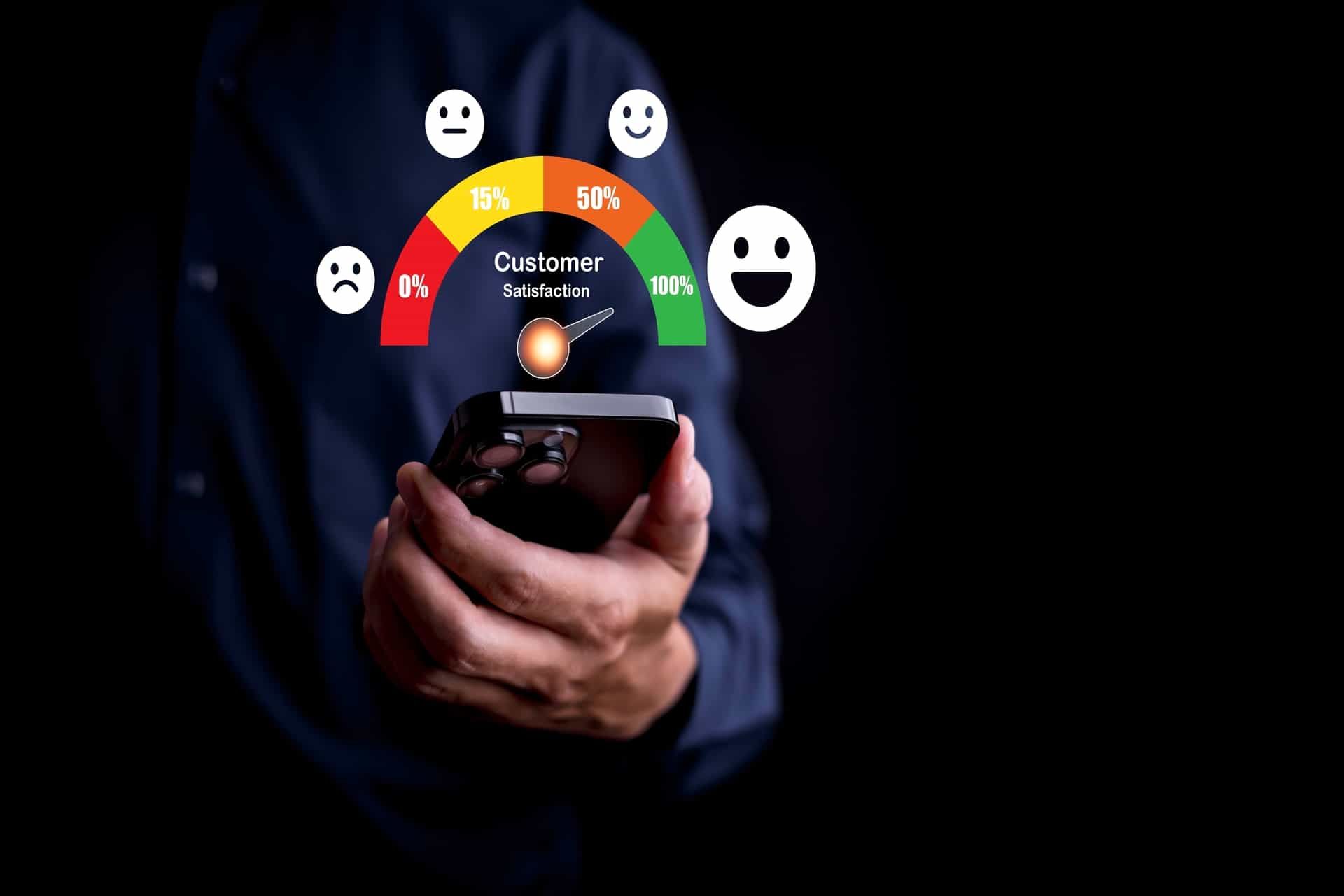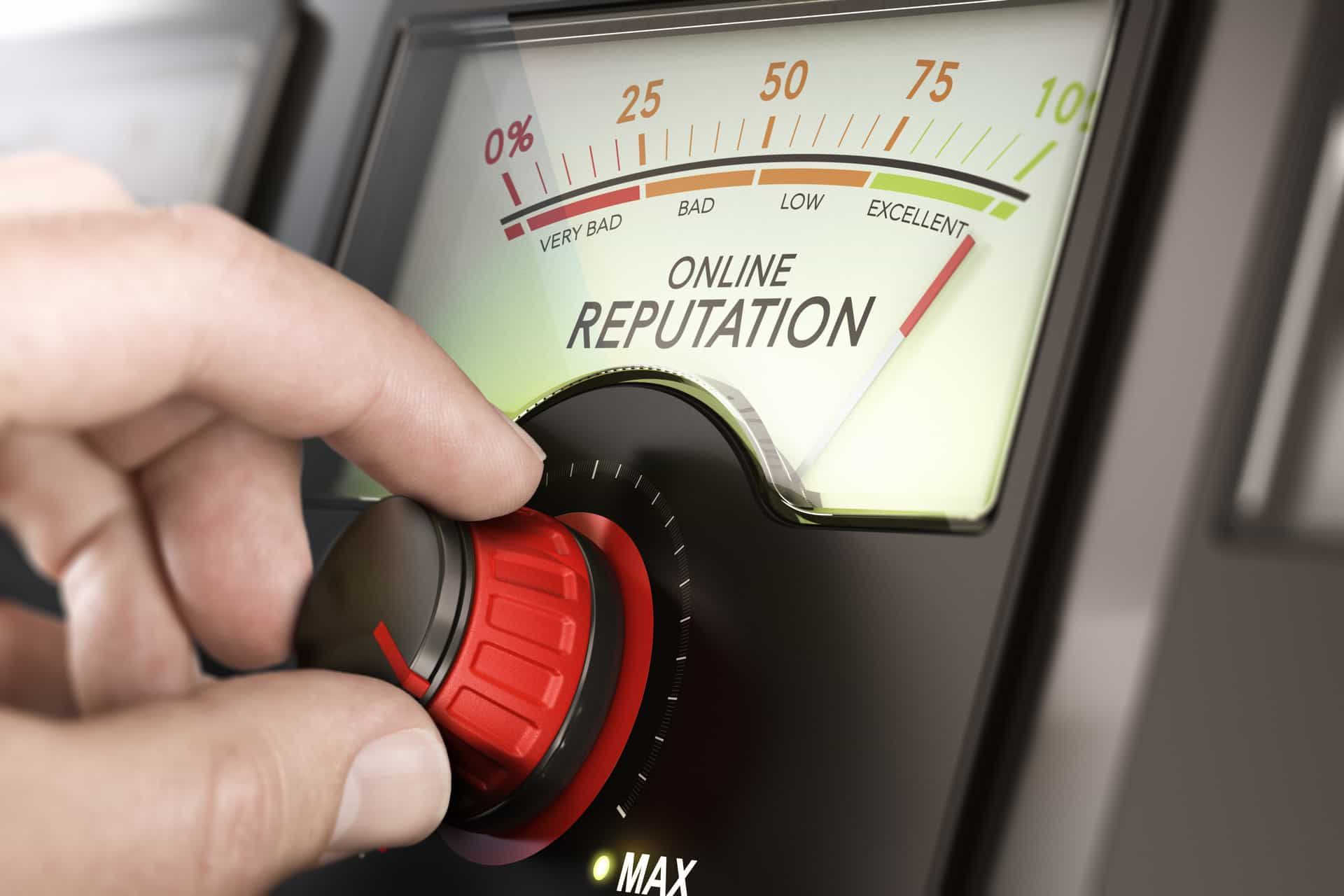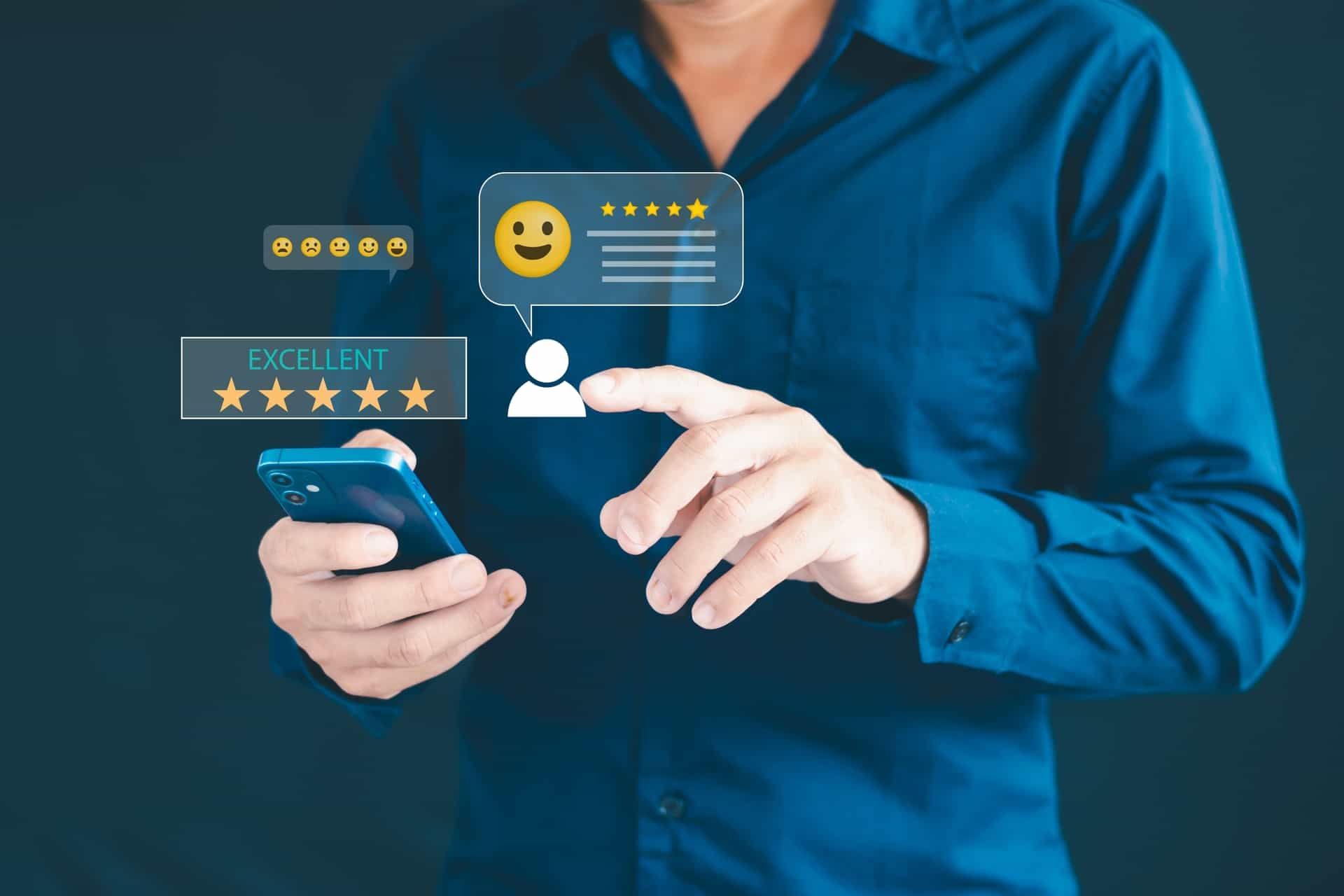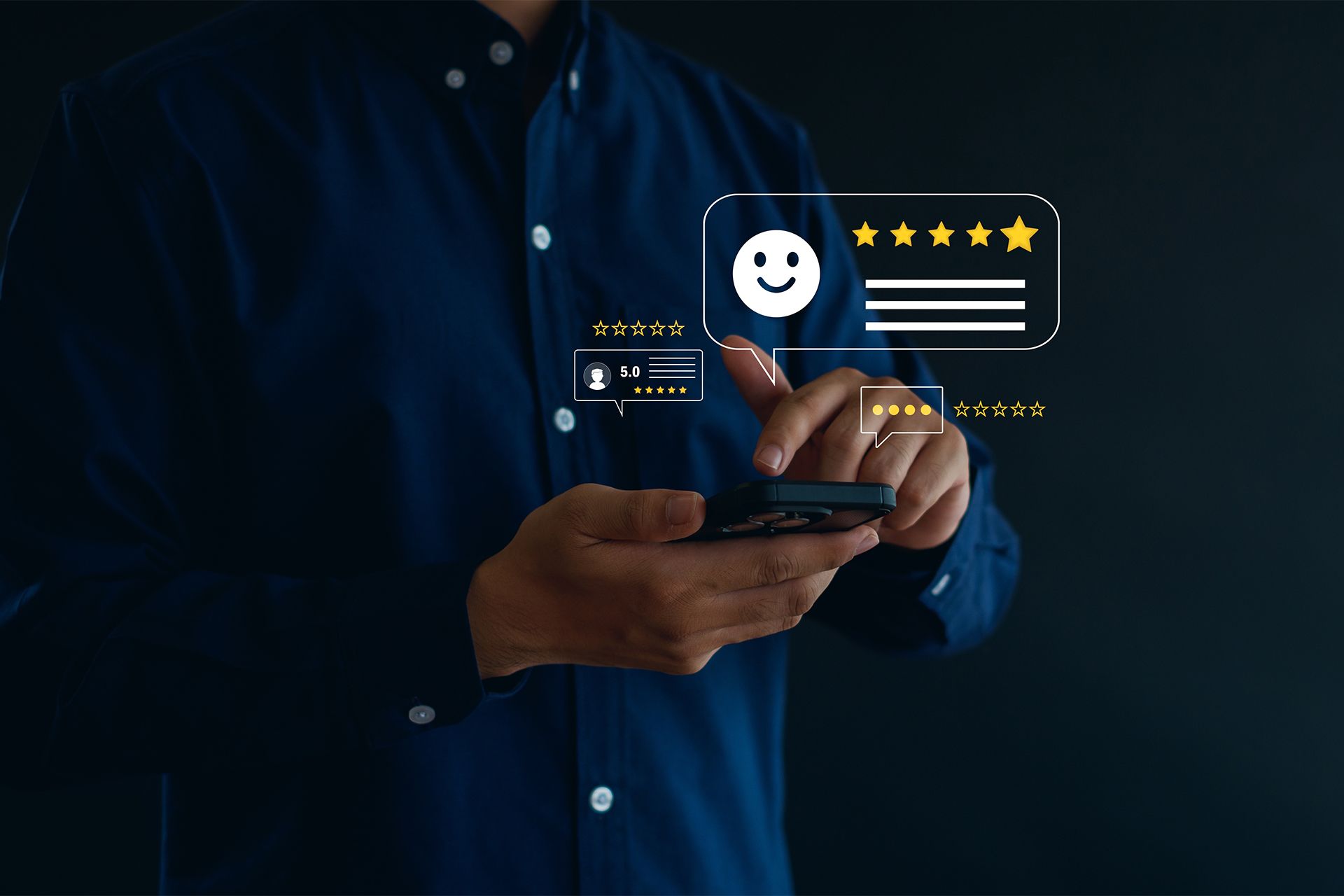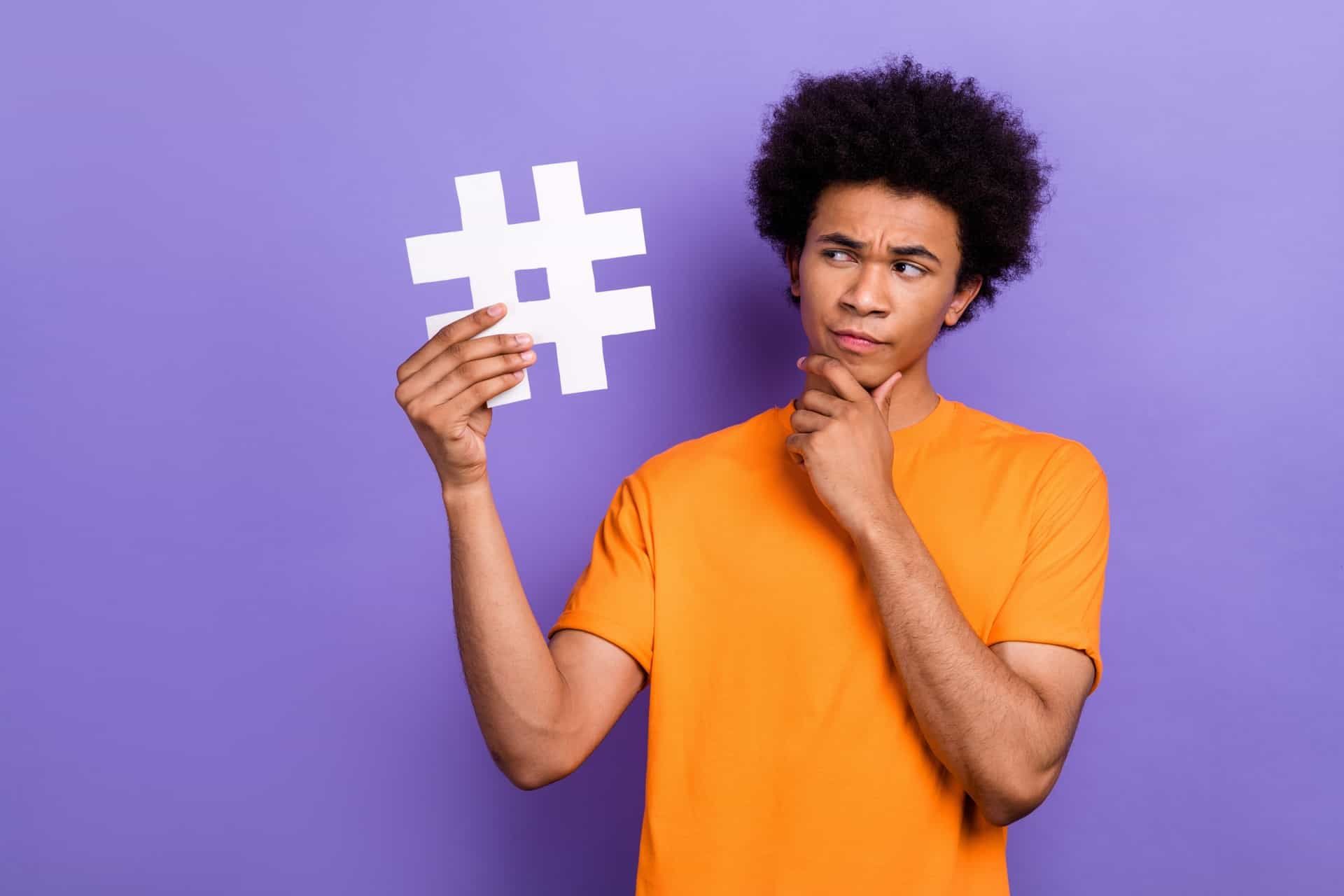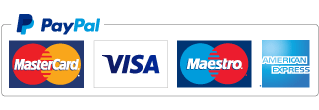How to connect with people on LinkedIn
Whether you’ve just started your business journey or you’re new to a particular industry, one thing remains constant - LinkedIn is highly relevant for your efforts and is still the best way to build crucial network connections.
While Facebook is all fine and dandy, opening a LinkedIn profile provides you with the opportunity to connect with a vast number of different people and explore job opportunities. However, this doesn’t mean that it’s limited strictly to professionals seeking other professionals.
For B2B companies, it’s also a powerful tool for prospecting as it’s one of the best ways to effortlessly identify potential prospects.
Still, whether you are new to the platform or you haven’t used it for a while, LinkedIn can seem overly limited with its rules and predisposed etiquette that make it a challenge to connect to other users.
Don’t worry - we’re here to help you solve mysteries like what does 1st 2nd 3rd mean on LinkedIn and show you how to connect with everyone, even if they’re out of your network.
Connecting Explained
If you’re a LinkedIn newbie, you might be surprised by how connections work. This is especially true for frequent users of Facebook or Instagram where you can send a friend request or simply follow any profile you come across.
With LinkedIn, the game is a little bit different. You can usually only connect with someone instantly if you’ve already know them. If you don’t know them in person, it becomes more difficult to get them as a connection. Still, it’s not impossible. It all depends on how open the other person is to connecting with you, your mutual connections, and if they’re even willing to expand their network to include you.
While all of this might sound a little bit restrictive (especially to newcomers), it makes perfect sense when you consider LinkedIn as a social network for professionals. After all, you wouldn’t expect to walk up to a CFO of a big company without an introduction from a mutual acquaintance or friend. Connections on LinkedIn work in pretty much the same way.
There are multiple ways you can discover and add people on LinkedIn:
- Through a member’s profile by clicking the Connect button on their page.
- By leveraging the Grow Your Network page that allows you to import contacts by using their email addresses.
- By using the search result page and clicking Connect to the right of the information of the person.
- Accepting pending invitations on your My Network page.
- By asking for mutual connections to help you connect to a person (similar to how you would ask to get introduced to someone in real life).
- By using the recommendations under My Network such as the People you may know section and clicking the Connect button under a member’s name.
LinkedIn Etiquette Explained
As we established earlier, LinkedIn isn’t your run-of-the-mill social media platform you use to share memes with friends, It’s a place used for all-things business filled with fellow professionals. As such, there is an etiquette and a lot of unwritten rules that all users follow.
Before we address what does 1st 2nd 3rd mean on LinkedIn, it’s important to be familiar with the professional courtesy that you need to adhere to while attempting to grow your network.
First and foremost, the thing you should always avoid is spamming people.
By keeping this point in mind when attempting to connect to other people, you’ll avoid building a
negative reputation that could follow you like a plague.
While no one enjoys spam, LinkedIn users have a particular aversion to it. It extends to almost everything: if you’re trying to fill a sales pipeline, don’t be overly aggressive. You don’t want to come off as a sleazy car salesman when dealing with business profs.
Even when sending invites and expanding your business network, don’t be self-promotional, don’t exaggerate, and whatever you do, avoid sounding desperate.
Also, keep in mind that you shouldn’t just try to connect with everyone for the sake of it. Only connect with people you think you can establish a mutually beneficial relationship with. This includes co-workers, employers, or potential clients (in the case of B2B salespeople, this refers to people who might benefit from what you’re selling).
What Does 1st 2nd 3rd Mean on LinkedIn?
Most new users are surprised when they see the connection system and its varying degrees for the first time. Everyone always wonders what does 1st 2nd 3rd mean on Linkedin.
These numbers are found next to every profile you come across. These are degrees of connection that indicate how direct is your connection with the profile. This makes it easier to find who you should connect with.
Let’s see what each degree means:
- 1st degree: all the people you are already directly connected with fall into this group. Meaning,t they either accepted your invitation or you accepted theirs and you can now freely contact them directly through the message tool.
- 2nd degree: just like in real life, the profiles with the 2nd degree status are like friends of your friends that you don’t have a relationship with yet. To turn them into 1st-degree connections, just send them a connection request with a short introduction or InMail (a premium messaging tool that allows you to directly message a member you’re not connected to)
- 3rd degree: these people are connected to your 2nd-degree connections. You can use the same method with an added option of asking for an intro by a 2nd-degree connection.
Now that you learned what does 1st 2nd 3rd mean on LinkedIn, you still have to factor in a completely different group - people who are out of your broad network.
These profiles don’t have a corresponding number besides their names because they aren’t connected to your 3rd connections. If you think that connecting to these people can be mutually beneficial, you have two options. You can reach them by InMail or if you’re members of the same LinkedIn group (groups that connect professionals from the same industry and provide the ability to share valuable insights), you can contact them directly.
How To Ensure Success When Reaching Out To People?
Remember the LinkedIn Etiquette? The same principles apply here - don’t just spray and pray a bunch of copy-paste messages and expect that you’ll build your network. You need to personalize your message.
Before sending it, go to the person’s profile for inspiration. It might provide you details you’re looking for to craft a personalized note. Explain why you want to connect with them and describe why the connection might be mutually beneficial.
If you do this, you’ll stand out in the sea of spammers while also increasing the chance of the person accepting to be a part of your network.
Bonus tip: If you randomly sent out a bunch of connection requests or you sent one in error, you can cancel the request/s in question (if the recipient hasn’t responded). To withdraw a message do the following:
- Click on My network
- Find the See all button next to the Invitations tab
- Click on Sent
- Click on Withdraw next to the person’s name
Keep in mind that you’ll get your chance to send your next invite in three weeks.
Network Like a Pro
LinkedIn can be an extremely useful tool, from a career development platform to a job search platform, all the way to the B2B lead generation launching pad.
Nevertheless, you need to be familiar with its etiquette and rules to get the most out of it. You also need to know how to connect with other people without coming across as unprofessional. With the information outlined above, we don’t doubt you’ll find success.
Now that you know what does 1st 2nd 3rd mean on LinkedIn, you can get to work expanding that network of yours the right way.
Disclaimer: The information on this website and blog is for general informational purposes only and is not professional advice. We make no guarantees of accuracy or completeness. We disclaim all liability for errors, omissions, or reliance on this content. Always consult a qualified professional for specific guidance.


